The Beauty of the Negev
June 12th 2012
David Ben Gurion, Israel’s first prime minister, was an ardent believer in the potential of the Negev desert, which makes up 60% of the country’s landmass. “It is in the Negev that the creativity and pioneer vigor of Israel shall be tested,” he said. See what Ben Gurion was so passionate about with a visit to the IDF Air Force Museum, Tel Sheva park, desert camel rides, Ben Gurion’s desert home and memorial, and the breathtaking Ramon crater.
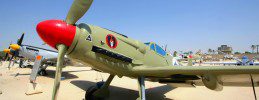 Just outside Be’er Sheva, the city known as “the capital of the Negev,” is the Israeli Air Force Museum. Located on the Hatzerim Air Force Base, this unique museum includes an impressive collection of helicopters and airplanes that have been used throughout Israeli military history. Various audio-visual exhibits shed light on the 1948 War of Independence, the survival of the Israeli Air Force, the life and responsibilities of Air Force commanders and more.
Just outside Be’er Sheva, the city known as “the capital of the Negev,” is the Israeli Air Force Museum. Located on the Hatzerim Air Force Base, this unique museum includes an impressive collection of helicopters and airplanes that have been used throughout Israeli military history. Various audio-visual exhibits shed light on the 1948 War of Independence, the survival of the Israeli Air Force, the life and responsibilities of Air Force commanders and more.
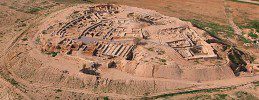 Nearby, visit Tel Be’er Sheva National Park, a UNESCO World Heritage Site. Explore the archaeological remains of a village that dates back to the time of Abraham, the biblical patriarch. The well-preserved settlement offers a rare look into life in the 8th century BCE, with various homes, streets, wells, and storehouses intact. Today it is a major site of study for those interested in biblical history and urban planning.
Nearby, visit Tel Be’er Sheva National Park, a UNESCO World Heritage Site. Explore the archaeological remains of a village that dates back to the time of Abraham, the biblical patriarch. The well-preserved settlement offers a rare look into life in the 8th century BCE, with various homes, streets, wells, and storehouses intact. Today it is a major site of study for those interested in biblical history and urban planning.
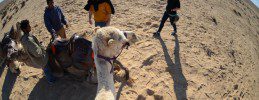 For a quintessential desert experience, children and adults alike will get a kick out of camel rides in the Negev. Rides can last anywhere from a few minutes to a few hours, depending on how adventurous you are feeling.
For a quintessential desert experience, children and adults alike will get a kick out of camel rides in the Negev. Rides can last anywhere from a few minutes to a few hours, depending on how adventurous you are feeling.
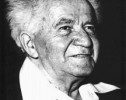 Next head to Ben Gurion’s Hut on Kibbutz Sde Boker, where Israel’s first prime minister and his wife lived. The residents of Sde Boker have kept his home intact to show how the leader lived from day to day. This includes his private library, with its thousands of books on a variety of subjects. There is also an exhibit on his life, and a nearby memorial, where visitors can pay their respects.
Next head to Ben Gurion’s Hut on Kibbutz Sde Boker, where Israel’s first prime minister and his wife lived. The residents of Sde Boker have kept his home intact to show how the leader lived from day to day. This includes his private library, with its thousands of books on a variety of subjects. There is also an exhibit on his life, and a nearby memorial, where visitors can pay their respects.
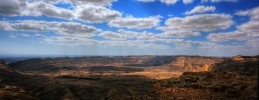 Finally, take in the gorgeous views of the Ramon Crater from Mitzpe Ramon, the sleepy town on the edge of the crater’s ridge. At 40 kilometers long and up to 10 kilometers wide in some places, it is the largest erosion crater in the world and a breathtaking place to hike or watch the sunset. The visitor’s center, currently housed in Bio Ramon, offers an exhibit on the natural and geological history or the area as well as the different flora, fauna and animals that are native to this region.
Finally, take in the gorgeous views of the Ramon Crater from Mitzpe Ramon, the sleepy town on the edge of the crater’s ridge. At 40 kilometers long and up to 10 kilometers wide in some places, it is the largest erosion crater in the world and a breathtaking place to hike or watch the sunset. The visitor’s center, currently housed in Bio Ramon, offers an exhibit on the natural and geological history or the area as well as the different flora, fauna and animals that are native to this region.











